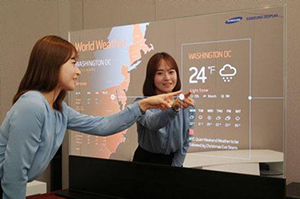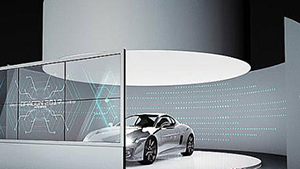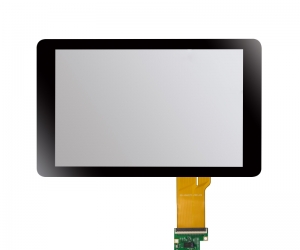News
News
The OLED (Organic Light-Emitting Diode Display) display technology is different from the traditional LCD display method and does not require a backlight.
It uses a very thin organic material coating and a glass substrate (or a flexible organic substrate). When an electric current is passed, these organic materials are will shine.
Moreover, the OLED display screen can be made lighter and thinner, has a larger viewing angle, and can significantly save power consumption.
|
The principle of OLED display is essentially different from that of LCD. It is mainly driven by the electric field. Organic semiconductor materials and luminescent materials are injected and composited by overload carriers to achieve luminescence. Essentially, the transparent electrode of ITO glass is used as the anode of the device, and the metal electrode is used as the cathode. The electron is driven from the cathode to the electron transport layer by the power source. The holes are injected from the anode into the hole transport layer and then migrate to the light-emitting layer. When they meet excitons are generated to cause the light-emitting molecules to be excited, and the light source is generated after being irradiated. Simply put, an OLED screen is made up of millions of "small bulbs". |
|
|
Compared with the traditional LCD technology, OLED display technology has obvious advantages, the thickness of the OLED screen can be controlled within 1mm, and the thickness of the LCD screen is usually about 3mm, and the weight is lighter. The liquid structure of the OLED screen can ensure the anti-aging performance of the screen, and has a wide viewing angle that the LCD does not have, and can view the same screen in a large range, and the picture is not distorted. The reaction speed is one-thousandth of the LCD screen. And the OLED screen is resistant to low temperature and can display content normally in the -40 ° C environment, with higher luminous efficiency, low energy consumption, and environmental protection. It can be made into a curved screen, which brings different visual impacts to people. |
|
You may also like
 EN
EN










